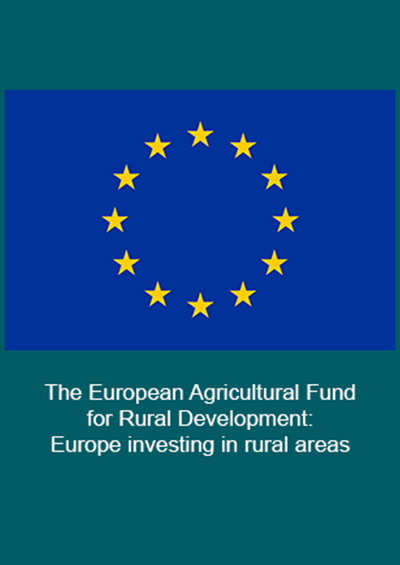White Stork
(Ciconia ciconia)
Native to many parts of Africa and Europe, this migratory bird was once a common sight in English skies; however they started to disappear and by the 1300’s had completely disappeared. There are a number of breeding programs in the south of England looking to do reintroduction of this species. The species inhabits open areas, shallow marshes, lakesides and arable land especially where there are scattered trees for roosting.
Threats to species:
Although numbers are on an increase, the species is still threatened by habitat alteration including the drainage of wet meadows , prevention of floods on flood-plains (by dams, embankments, pumping stations and river canalisation schemes), conversion of foraging areas, development, industrialisation and intensification of agriculture (e.g. mechanised ploughing of rough pastures to sow fertilised crops or swards of more productive grass varieties).

MEET THE ANIMALS
Conservation Today for Wildlife Tomorrow
Watatunga Wildlife Reserve, Watlington Road, King’s Lynn, Norfolk, PE33 0RG
































